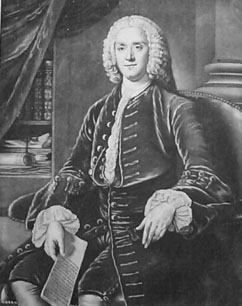

Castors Away! (1962) on the Napoleonic wars.The Great Gale (1960), also titled The Flood at Reedsmere the North Sea flood of 1953.Hester Burton died on 17 September 2000 in Oxford, after a stroke suffered at the age of 86. In a letter written in February, 2006, one of Burton's daughters wrote "I could always tell when Mum had another book on her mind, she would start to cook the meal while still wearing her overcoat and hat. and her books accounts of ordinary young people affected by national events."

The Oxford Encyclopedia of Children's Literature summarises her novels as "featuring heroines with strong opinions class tensions and social justice are recurring themes. As shown by her biography of Victorian feminist Barbara Bodichon, Burton had an abiding interest in women's issues her novels portrayed strong and independent heroines, with many of Ambrus' cover illustrations emphasising the female character. Many of her books, including No Beat of Drum and A Time of Trial, reflect the impact of inequalities in society on her protagonists, their willingness to challenge these and the importance of education in that process. It is a wise precaution for a writer of historical fiction to limit this range of vision. but neither were the people actually taking part. In a 1973 interview, she explained this as follows: "I am not all-wise or all-knowing. Rather than seeking to balance diverging views, Burton presented her stories from the perspectives of an individual or group of individuals, which she viewed as more authentic. Several of her books are set in Suffolk, with many also having a maritime or naval setting.

She sometimes covered similar themes for different age groups Beyond the Weir Bridge was written for teens, while the same issues and events appear in Through the Fire, aimed at six-to-nine year olds. It included the slave trade in To Ravensrigg and the Captain Swing riots of the 1830s in No Beat of Drum and Otmoor for Ever.

Her subject matter often reflected a radical approach first popularised by Geoffrey Trease. Her first children's novel was The Great Gale, published in 1960 and inspired by the devastation inflicted by the North Sea flood of 1953 on her home county of Suffolk. In addition, Burton edited works by friends and colleagues, including Thomas Hardy: Distracted Preacher? Hardy's Religious Biography and its Influence on his Novels by Timothy R.


 0 kommentar(er)
0 kommentar(er)
